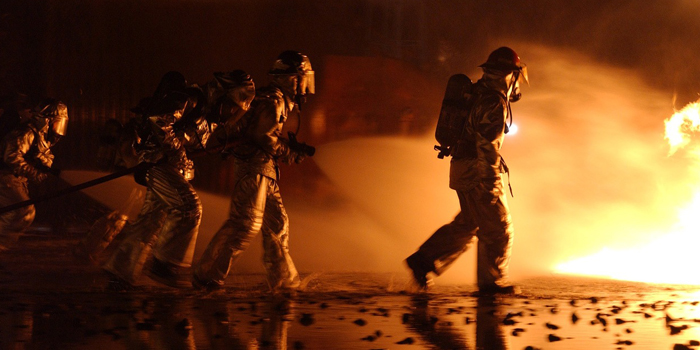
We all know how taxing it is to perform the duties of being a firefighter. Pushing, pulling, crawling, carrying, climbing and moving quickly are all vital parts of the job. Not to mention performing all of those tasks while wearing an extra 65 pounds of equipment in extreme heat and high stress situations.
A huge problem is that some firefighters choose not to strength and metabolically train for the events that may occur. And the ones who do follow typical, outdated training splits without going through proper movements and developing real world strength where it actually counts.
As a firefighter, you should consider yourself as an athlete. Your job is your playing field and you need to prepare your body for game situations through proper training, nutrition and hydration, along with preventative maintenance and recovery. If you don’t prepare yourself properly, you’re not only putting yourself at risk but the lives of your brothers and sisters as well. So, without further ado, here is an example of the foundation of a strength and conditioning program every firefighter should follow.
Get Strong
The first thing to address is strength. In any sport, if you’re weak, you’re dead. You need to start implementing basic strength work into your life. Everyone, not just firefighters, should be including a squat variation, deadlift variation, chin-ups or pulldowns, rows, horizontal pressing, vertical pressing, abdominal training, sled pushes, sled drags and loaded carries in their program.
Those 10 movements should be the meat and potatoes of your strength program. Since everyone is different, some people may be able to use more advanced programs and exercises than others. That’s okay. If you’re not sure how to perform these movements, hire a qualified professional to teach you.
RECENT: Behind the Eyes of An Athlete
It’s also critically important to strengthen your neck. This is something that isn’t too common but is critical for firefighters. Think about it; you are sometimes in very awkward situations wearing all of that gear, including a helmet weighing you down and compressing your cervical spine. With certain twists and movements you can really damage the musculature of the neck as well as the discs within the vertebrae. Protect your neck through training. Keep in mind that when training the neck, use a light weight with a slow, controlled tempo for about 15-25 reps. You can purchase a neck harness to keep in your gym bag since most public gyms do not have one.
The significance of getting strong in the movements I mentioned is that they will train and strengthen the spine, musculature of the shoulders, elbows, wrists, hips, knees and ankles. Not only will you get bigger and stronger but they will protect you from common job related injuries which, at one time or another, can be the difference between life and death. In addition, the tasks of your job are directly related to these movements. Train your body to perform them well. That way, you don’t have to learn under high stress situations where you, or someone else, can get hurt.
Learn to Control your Body
This next step comes with getting strong. Learning to properly move and control your body will help you in various situations. For instance, learning how to move with a braced core and neutral spine while carrying a patient down a flight of stairs at 3 AM will help keep you healthy and less susceptible to injury. Along with basic strength work, incorporating bodyweight movements like push-ups, chin-ups, dips, pistol squats, lunges, step-ups, plank variations, and agility work will go a long way. They teach you how to move your body through space with proper positioning. That is, if they are done correctly.
This is a great time to add resistance with a weighted vest, plates, or chains to simulate the extra weight that firefighters carry when they are working in full gear. If you’re a totally newbie to the iron game, start with just bodyweight. After you get good at these movements you can then begin to add some external resistance.
If you are really poor at bodyweight movements that is usually a sign that you need to get your body fat down. Which brings us to my next point…
Base Your Diet On Good Nutrition
There’s no way around it. You can’t out-train a bad diet. It’s very easy to get caught up in shift work and order take out or eat the leftovers in the fridge. Trust me, I get it. It’s easy and convenient. But when you consider the amount of heart disease that most firefighters suffer from, you need to take your nutrition seriously. Think about it: how many tragedies could have been avoided if everyone took care of themselves? That starts with proper nutrition. Now, I don’t want to make it seem like I am blaming anyone for something tragic. Sometimes freak incidents happen. I’m just saying that a lot of these incidents could be avoided and we can greatly reduce the amount of LODD’s due to heart disease.
On top of that, eating refined sugar, processed foods, and excessive fats will directly inhibit your performance. When a job comes in right after you scarf down a large pepperoni pizza and two liters of soda, you can bet your ass that you’ll be moving a lot slower than if you ate clean, healthy food. And that can mean the difference in someone’s life.
To be well you need to eat well. Your diet should consist of lean proteins, unprocessed carbohydrates, fruits, vegetables, and healthy fats like whole eggs, oils, nuts and nut butters. If you base your diet on these types of foods, at least 90% of the time, not only will your physique transform but you will see significant changes in your strength, energy, sleep habits, blood work and even sex drive as an added bonus! Eat clean foods and stay healthy.
Conditioning
Now, there is a very distinct difference between “cardio” and conditioning. With cardio, you may burn some fat and get the heart pumping a little bit. Which, if you’re an older beginner, that might be where you need to start. A good fast-paced walk or bike ride might be exactly what you need. Or maybe even some treadmill or elliptical work. But for the healthier, more advanced guys and girls, you need to be conditioning yourselves for what the job requires of you. You need to develop your aerobic and anaerobic capacity which will improve your conditioning needed for your work.
Here are some examples of what you could be doing:
- Hill sprints
- Bleacher sprints
- Flat ground sprints
- Jump rope
- Battle ropes
- Burpees
- Mountain climbers
- Bear crawls
- Tempo runs
Those are just a few quick examples. The important thing is that you supplement your strength training with a quality conditioning routine. The last thing you need as a firefighter is to get gassed after walking up a flight of stairs.
Flexibility and Mobility
Another staple in your training program and day-to-day life should be your flexibility and mobility work. Now, you might be thinking, “What’s the difference?” Well, flexibility is referring to the range of motion of the muscles, mobility is referring to the range of motion of your joints. Both are equally important and if you don’t focus on both qualities you will suffer some type of injury at one point or another. Unfortunately most guys don’t spend much time on this stuff. That’s because a lot of it is boring, I get it. But it’s an extremely important component to keeping you healthy.
RELATED: Shiftwork, Sleep Deprivation, and Training: How to Overcome A Less Than Ideal Schedule
You should absolutely incorporate a dynamic warm-up prior to your training sessions. Not only is this a great time to work on your mobility but it is vital to increase your heart rate and core temperature, lubricate your joints, activate your musculature and central nervous system prior to training. A good warm-up will help you prevent a ton of common and not so common injuries.
Here is a sample dynamic warm-up so you are a little more clear on what the hell I’m talking about:
- Jumping Jacks x 30
- Bodyweight Squats x 20
- Alternating Lunges x 10 each
- Frankensteins x 12 each
- Butt Kicks x 12 each
- Fire Hydrants x 6 each
- Ab Planks x 30 sec
- Push-Ups x 10
- Band Pull-Aparts x 12
- Hip Circles x 10 each
- Sprint in Place x 5 sec
There are a ton of different variations that you can use. Just make sure you include more of a warm-up than the old arm swings before your set on the bench press.
You can address your flexibility stuff like static stretching after your training session and on off days. This is also a major part of staying healthy. You can search for stretches for these areas which are very commonly tight.
- Traps
- Low back
- Glutes
- Hamstrings
- Calves
- Quadriceps
- Hip rotators
- Hip flexors
- Lats
- Chest
- Biceps
If you just focus on stretches for the musculature listed above, you will be in pretty good shape. Make sure you take the time to work on this stuff because remember, when a structure fire comes in at 3 AM you don’t have time to warm-up. If you work on yourself when you have the time, your chances of injury are now reduced. Stay healthy, warm-up and stretch.
Recovery
Some shifts are extremely taxing. Running around from call to call all day and very little sleep at night. If you want to make progress in the gym and get healthy, you don’t just have to recover from your workouts. You also have to recover from your shift work. Here’s why.
When you sleep your body produces human growth hormone and testosterone which are vital hormones for burning fat, building muscle, energy and a number of other things. Along with that, your body also produces the hormone melatonin when you sleep. Melatonin has been shown to combat diseases like cancer, which we all know that firefighters are at a much higher risk unfortunately. So make up for your missed sleep and take naps when possible. Make getting 7-9 hours of quality sleep each night a habit. Turn off your cell phones and TVs and get good, quality sleep when you’re not at work. This way, you are fully recovered for your next shift and are flooded with hormones the build muscle, burn fat, and fight illness.
Hydration
Finally, the last component of your training/lifestyle should be proper hydration. With a job as unpredictable as being a firefighter it’s important to drink an adequate amount of water to prevent muscle cramps, dehydration and to enhance your performance. If you catch a job, you are going to be working hard and sweating your ass off. Regardless if it’s in the middle of July or the dead of winter, you need to stay properly hydrated to keep yourself safe and to perform at the highest level possible.
A good rule of thumb is to drink at minimum, half of your bodyweight in ounces daily. Another way to tell if you are hydrated properly is by the color of your urine. If it has the slightest hint of yellow then you are dehydrated to some percentage. Urine should be clear.
Also please take note that I am saying water. Not soda, not some sports drink — water! Sugar is not something you want to regularly ingest and that is exactly what those other drinks are loaded with. Avoid them like the plague and drink purified water.
I know that incorporating all of this stuff may be a huge change for many of you. For some it may be just an adjustment to your already existing routine. Whichever the case, understand that these changes don’t need to be made overnight. If you are currently doing nothing and have no experience working out, start with cleaning up your diet and going for a walk every day with a good night’s rest. Maybe add a couple push-ups and body weight squats to your day. Start small and add little changes over time.
MORE: Purposeful Training for Emergency First Responders: Why Physical Preparation Matters
The key is to look at the big picture and realize what you need to do and use this post as a reference for what you need to do to keep yourself strong and healthy. Little steps every day add up to a huge leap over a period of time if you stay consistent. You just have to decide on what you are going to do and put in the damn work.
It’s you guys who are the true heroes and people like us need you. So keep yourselves healthy, keep yourselves strong, and take care of yourselves like the super men and women should.
Thank you guys for reading, I hope you enjoyed the post! Stay safe out there and THANK YOU for what you do!
Chris Tutela is a strength and conditioning coach in Clark, New Jersey. He is the owner and operator of Tutela Training Systems, where he trains mainly athletes and some regular people. He has multiple years experience as a strength coach at the high school level as well a professionally in the private sector.









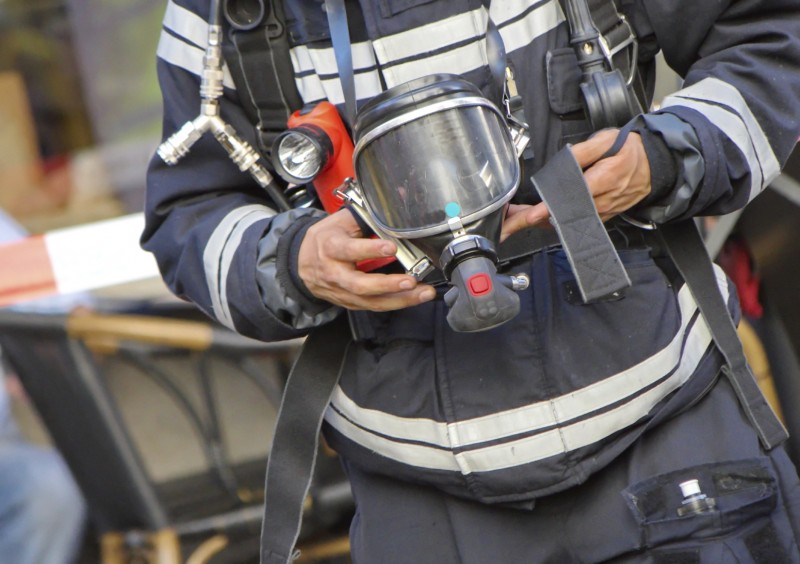
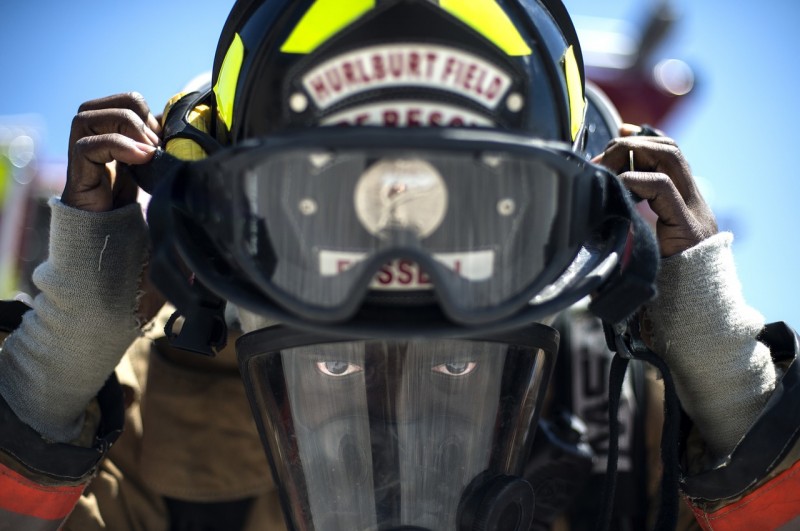
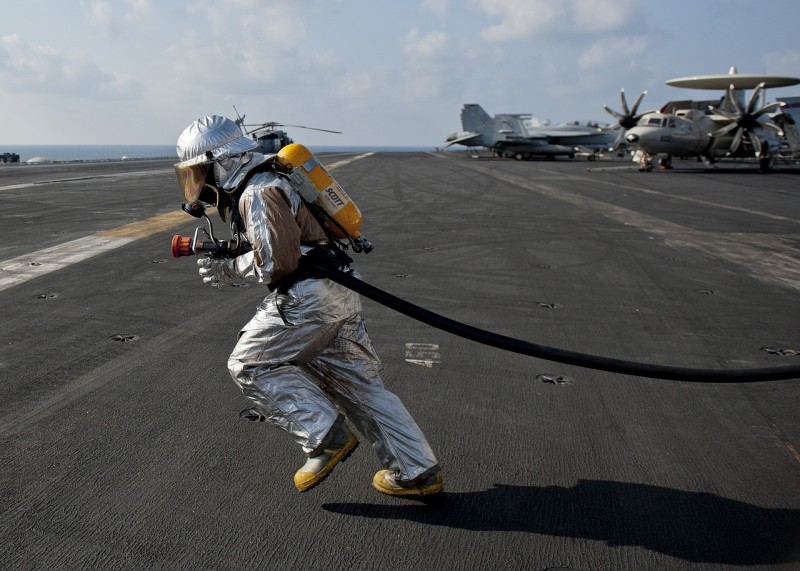
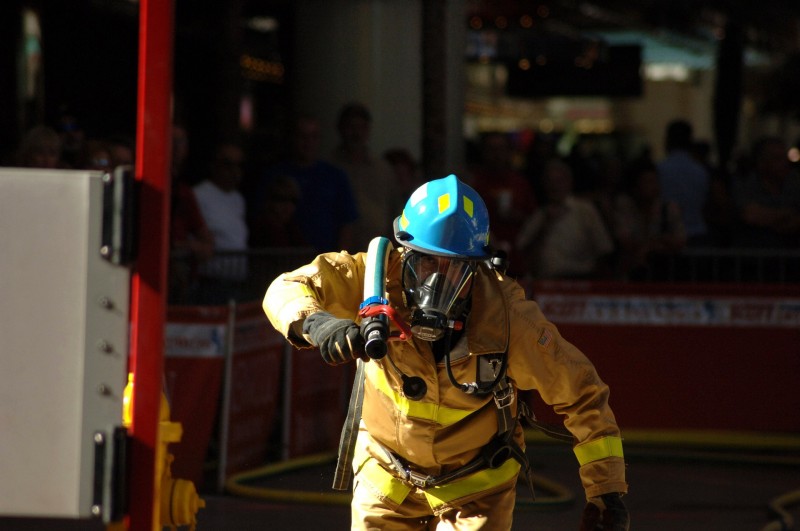

2 Comments